Senior cats
Routine HealthCare Examination: Considerations for Senior cats (11-14 years)
Routine examinations
Owners often don’t perceive Senior cats as being elderly, and early ageing changes are often subtle (such as increased sleeping, decreased activity). As problems are more likely to occur and as ageing changes are inevitable, a minimum of two healthcare examinations per year (i.e. every six months) is recommended. Common diseases of Senior cats include chronic kidney disease, hyperthyroidism, diabetes mellitus, neoplasia, cardiac disease, dental disease, and osteoarthritis. Hypertension is more common in senior cats so blood pressure should be measured at least once or twice a year.
With advancing age, various changes occur that may affect the behaviour of the cat. Owners need to be aware of these changes to provide the best care for their ageing feline friends.
Vaccination
Core vaccines should be continued according to current guidelines, with risks and benefits being assessed for the individual cat when deciding on the frequency of vaccination. An annual risk assessment for the use of non-core vaccines is also indicated, in accordance with current guidelines.
2016 WSAVA Vaccination Guidelines
2020 AAHA/AAFP Feline Vaccination Guidelines
Parasite control
All external parasite control should be maintained and reviewed at each visit, alongside any changes in the cat’s environment, lifestyle and any movement from one region to another. Frequency of worming should be based on a risk assessment and this should be reassessed every visit. Based on ESCCAP guidelines, cats with outdoor access should be dewormed at least every three months, and cats that share homes with children under 5 years of age or immunocompromised individuals should be treated monthly. Faecal examinations may be considered with treatment based on the findings but their limitations as well as their value must be kept in mind.
Nutrition and weight management
Body weight and body condition should continue to be monitored at each visit. Muscle condition score should also be included as part of the assessment. Senior cats may still be predisposed to obesity (see Mature cats), but increasingly weight loss may be a problem. Maintaining optimal nutrition is essential, and maintenance energy requirements may rise in cats over 12 to 14 years of age. Food intake should be adjusted to maintain optimum bodyweight, and protein intake should not be restricted unless indicated for medical reasons. Cats with reduced food intake or difficulty eating should be evaluated carefully for dental disease and for oral tumours.
Many older cats may have compromised urine-concentrating ability or may be predisposed to dehydration for other reasons. In these cats, feeding a wet (tinned/sachet) diet rather than a dry diet is preferable to help maximise water intake. Weight loss may be an early indicator of underlying disease and may also have negative impacts on the disease process. Percentage weight change should be calculated at every visit and a loss of 10% between visits should be investigated. It’s also important to look at changes in body weight over time and compare the current weight to when the cats were at their ideal body condition score
% weight change = (Previous weight – current weight / previous weight) x 100
Laboratory testing
During this stage, a minimum database of blood and urine tests (as with Mature cats) should be collected on at least an annual basis. Many cats may benefit from more frequent MDB collection (e.g., twice yearly), even if this is a partial MDB (e.g., urinalysis, especially to assess specific gravity). The routine MDB should include assay of total thyroxine at least annually.
Additional points to consider include
Reduction in grooming behaviour may indicate pain from musculoskeletal disease or dental disease so this should be assessed for in the cat’s examination.
Minimising stress during trips to the veterinary clinic is especially important in older cats with underlying health conditions which can be worsened by stress, such as heart disease and hyperthyroidism.
https://catfriendlyclinic.org/
The cat’s physical and social environmental needs may change (e.g., with osteoarthritis, deafness, reduced vision and cognitive dysfunction).




